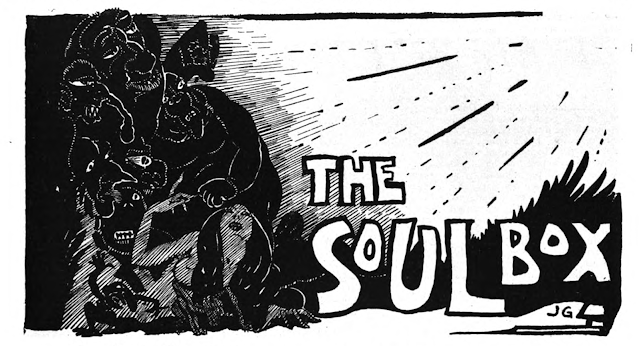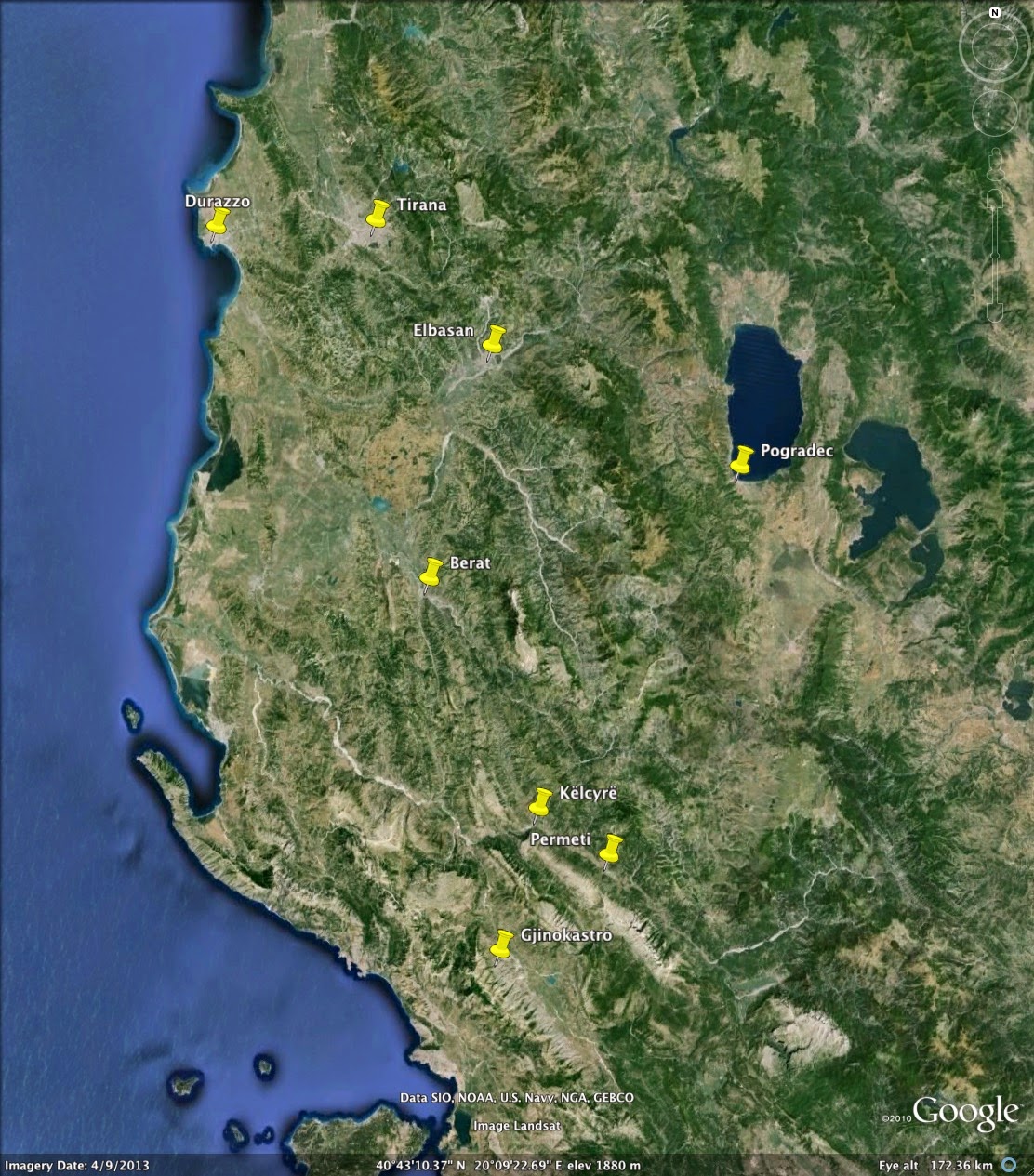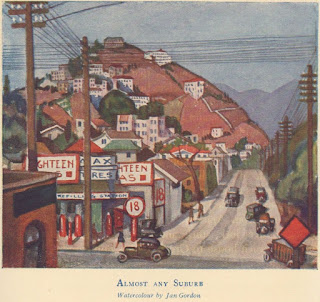Jan Gordon's 1917 story "The Soul Box" set in British Malaya
In addition to factual articles published in the magazine Land & Water between 1915 and 1919, Jan Gordon also contributed a short story for the 1917 Christmas edition. It was called "The Soul Box" and was set in British Malaya, drawing on Gordon's own experiences in the area.
The Soul Box
The story begins with a Scotsman, Thompson, speculating about wealth to come as he sees grains of tin ore in a stream bed. His reverie ends abruptly when his servant, Ahmat, knocks him out with a blow to the head. Ahmat then ties him up securely before carrying him into the forest.
Ahmat had shared the local stories of demons and ghosts with Thompson:
".. Ahmat told how Hantu Longgak had attacked his mother's sister, so that she ran through the village with foam flying from her mouth as though she were a beaten horse; of the terrible eyes of Jadi Jadian, the were-tiger; of Batara Guru, the old man of the sea ; of Sa Raja Jin, the Black King of all the Genii (or Jinn), who dwells in the heart of the earth with Sang Gadin his bride, and their seven monstrous coal-black sons; of the black Jinn themselves, who inhabit the hollows of the hills, the impenetrable thickets of the primeval forest, and the monstrous fungi of the trees: of the evil dumb demons in the air who catch the good rain in coconut shells, one shell to each drop, that the earth shall not fructify, and against whom the angels wage incessant warfare with their thunderbolts.."
"When Ahmat described to him Hantu Songkei, with his huge nose and eye-sockets stretched so far sideways that he could see all around him, stalking through the forest invisible below the breasts, it was as though the narrative of an eye-witness and carried the same clear note of conviction."
Thompson had responded by describing various powerful western demons and monsters, and then condescendingly and manipulatively convinced Ahmat of the power over these evil beings held by the white man's soul, which Ahmat now wanted to possess, without knowing exactly where Thompson carried his.
With Thompson tightly bound, and Ahmat persistent in demanding to know the whereabouts of the soul, Thompson eventually tells him that it is in his pocket and that you can hear its heartbeat. Ahmat pulls out Thompson's watch and listens to it ticking. He leaves Thompson tied up and then runs, initially full of confidence as the bearer of the all powerful "soul," but later when it winds down and the ticking stops, he is overcome with panic, then drops it, and returns to Thompson who has died in the meantime. Ahmat runs again, now in abject terror as the demons seem to him to close in and he has no defence.
Jan Gordon in British Malaya
Jan Gordon in this tale was drawing on his time in the Malay Peninsula as a fledgling mining engineer, a time of broken dreams which led him to return to England in failure, abandoning mining engineering as a career, with the intention of becoming an artist. "Isn't it better to fail at something I like than at something which is uncongenial and unsuitable?" he told himself. "I will go home and become an artist. I am only twenty-five : surely it isn't too late."
In the storey, he recalls the intense tropical rainfall, which he had found oppressive, and conveys some of his own downcast mood as expressed in his 1923 account of this time in "An Experiment in Adventure."
There is a passenger record for a Mr. G.L. Gordon on 4th August 1904, in the UK and Ireland Passenger Lists, travelling by P&O steamer Manila to Penang. This may have been Jan Gordon, but the "L" is clearly written, so doubt remains.







Comments
Post a Comment